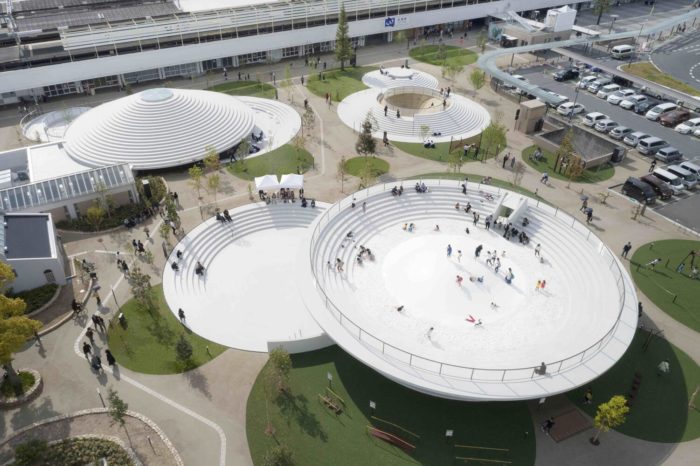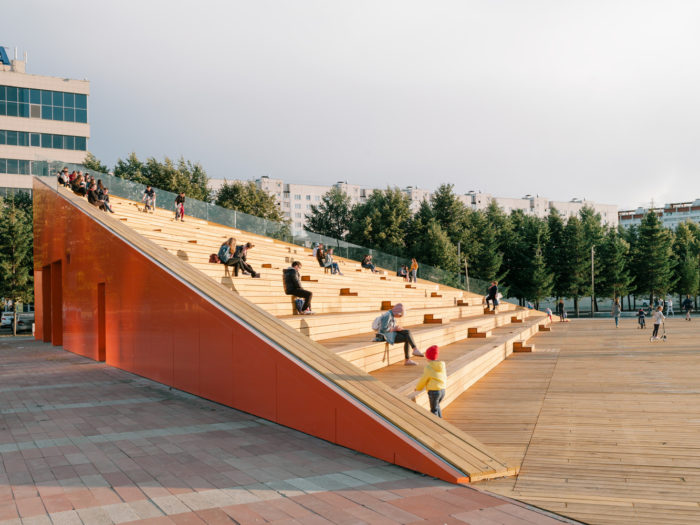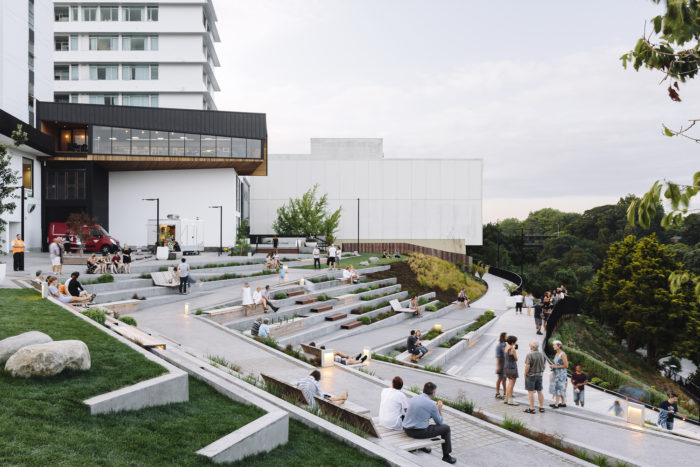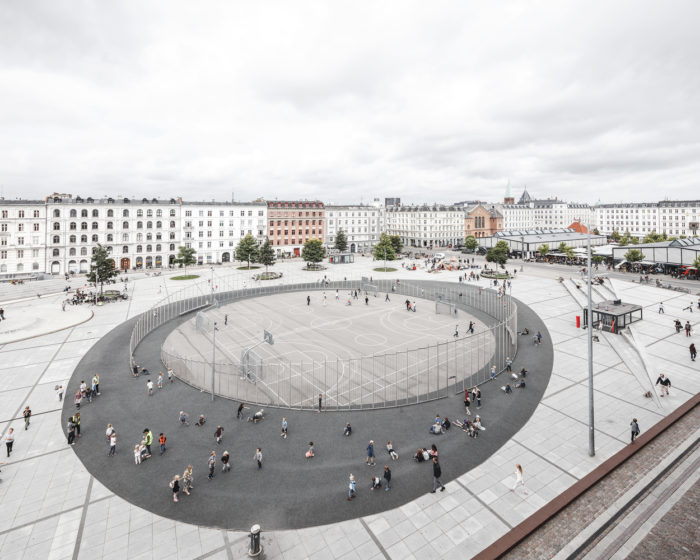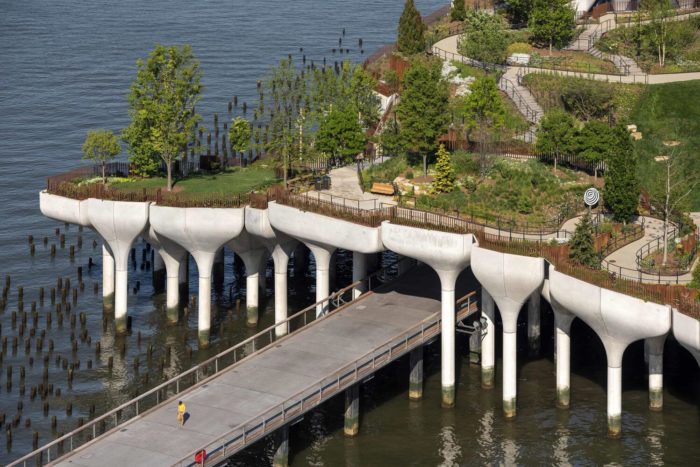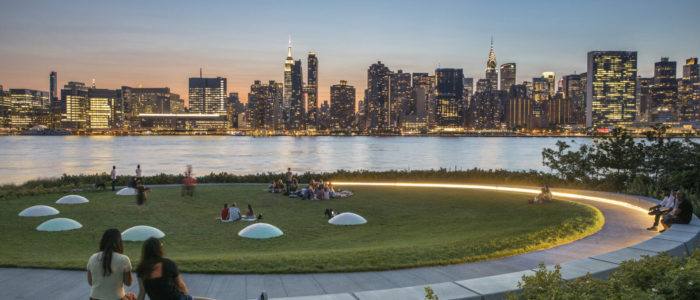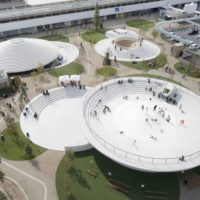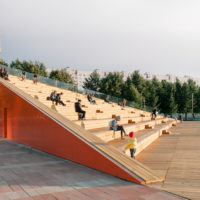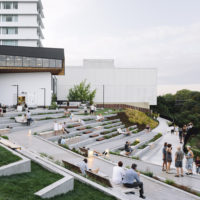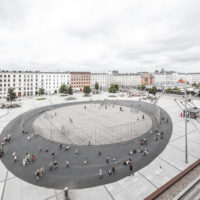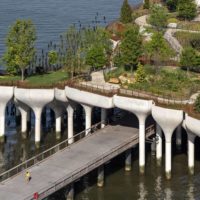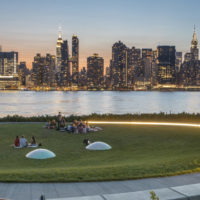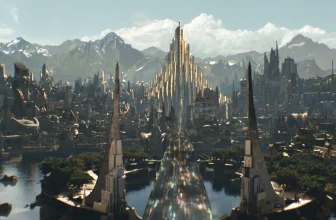I recently watched the movie ‘Before Sunrise.’ The movie zooms into an encounter between two travelers who begin a conversation on a train and extend the rest of the day walking through the streets of Vienna. One of the scenes shows the couple ending up spending the night in a park because they had not booked a room.
However romantic this scene may have been cinematographed, part of the latter half is what happens in reality only with additional tents and blankets. Several backpackers turn public spaces into their ‘crash zones’ where they tent up for the night when they cannot afford a bed and breakfast.
The Art of Public Spaces
As planners and architects, this is one of the many cases illustrating how a complex set of unplanned activities can occur in public spaces where the designer does not have much control. Let’s get started with a familiar place in most public places-stairs.
In a designer’s dictionary, stairs link two horizontal surfaces at different heights and are used to transport people. To the user, however, the definition is indefinite. Stairs are not just carriers of people but a hub of activity that commonly include sitting, sleeping, reading, or more group-oriented activities such as meeting points or a temporary amphitheater.
So in a case such as this, is it possible for the designer to interpret the number of possible ways a staircase he has designed may work? If so, how does he create to address all the requirements of the public realm? Let’s delve into these two aspects here. Public places open themselves to street musicians, painters, and photographers to perform and create art. Public places also become spaces for small-scale shopping and eating joints.
It would be hard to define where design ends and where usage begins in urban design. But the conjunction of the two is necessary for the success of public spaces. The urban designer, in this case, must keep in mind the number of activities that a space can be converted into and design for as many of them as possible. The only way he may achieve that is by intervening less as a designer and allowing more methods of interpretation. By doing so less, he will enable more possibilities to evolve around a space. These possibilities are left to people’s choice by allowing them to shape public spaces.
Although conversely, it is also essential that the urban designer does not encourage an uncontrollable conquest of spaces, such as violation and thug culture, from becoming prevalent, which would eventually prove that the public space has failed. One possible way to prevent this is to ensure no “disengaged” spaces. Such a space may be hard to define, but a disengaged space would be one people don’t hover about or actively use. This may be because there isn’t much to do, or it feels unsafe.
Talking about safety, a designer should, by all measures, balance spaces that can turn out as potential hiding places and blind spots. It may be most challenging to define a particular activity, for example, under a bridge or in a pedestrian underpass, although they are prescribed for unique purposes. The duplication and multiplication of these spaces may be inconvenient and insecure.
In several developing countries, underpasses are generally poorly lit and lack security, making such places a hotbed for crime, violence, and illegal activity. They also complement as substitute housing for homeless street hawkers. This demands designers to design to address a singular purpose only strictly. However, that is daunting because sometimes users get much more creative adapting a space than a designer could have conceived.
I have come to understand that the usage of public spaces is also variable with culture. For example, public spaces are used more sensitively in Europe or the US, where people take ownership to keep the place clean and protect property. On the other hand, most developing countries abuse public spaces by dumping litter, spitting, and sometimes turning them into open toilets even!
We may have realized that in such conditions, it may go beyond the designer to designate activities with the intent for them to function in a particular way. It would require more significant interventions, such as the government establishing policies for public spaces and better public facilities to work desirably and prevent misuse. In conclusion, no matter how much care is given to the design, it takes a little bit of consciousness from every individual and society to shape public spaces for the better.
- Tenri Station Plaza CoFuFun / nendo. ©Takumi Ota
- ©Evgeny Evgrafov
- ©Simon Wilson
- ©Rasmus Hjortshøj – COAST
- Little Island Park / Heatherwick Studio. ©Timothy Schenck
- ©Balsley/SWA and Weiss Manfredi


